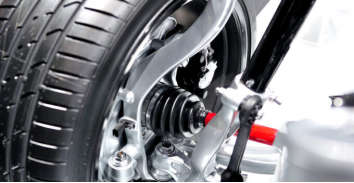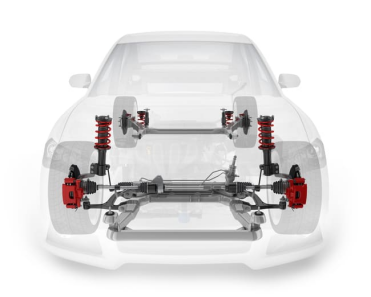Company News
The function of suspension systems
The main job of a car suspension system is to ensure that there is maximum friction between the tyres and the surface of the road, to provide steering stability with good handling, and to ensure the comfort of the passengers. It is inten to absorb vibration, gravitation, and impact forces from the road.

If every road were completely flat, with no bumps, pot-holes, or irregularities, suspension systems wouldn’t be necessary. But sadly this isn’t the case anywhere in the world. Even freshly paved streets have tiny imperfections that can interfere with the wheels of a car and how it is running. These imperfections apply force to the car, pushing it upwards. The magnitude of the force, of course, depends on how large the open that has been hit is. Either way, the car wheel experiences a vertical acceleration as it passes over an imperfection. It’s the job of the suspension system to deal with these upwards forces and ensure that the wheels stay on the road at all times.
If it does it’s job right and the wheels are constantly in contact with the surface of the road, then there is maximum friction and the risk of rolling or flipping the car over is minimized and it helps to make sure that power is transmitted to the wheels, where it is needed the most.

The tyres absorb all the shocks and vibrations, as well as other imperfections in the road, and in conjunction with the car’s shock absorber mechanism as part of the suspension, the effects of these shock forces can be effectively dampened. It is technically the spring mechanism of modern suspension systems that pushes the tyres into the ground so that we have maximum friction and the best ride possible. So when a tyre hits a bump or is forced upwards because of something in the road, it’s the suspension system that pushes the tyres back onto the ground and keeps the car as stable, safe, and comfortable as possible.
